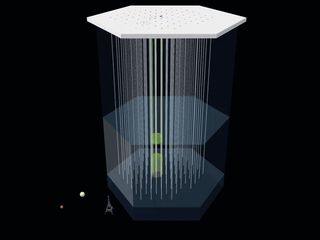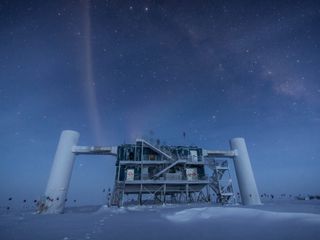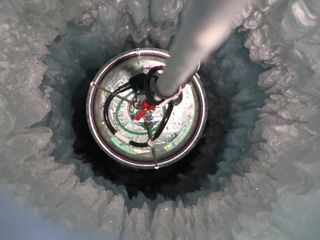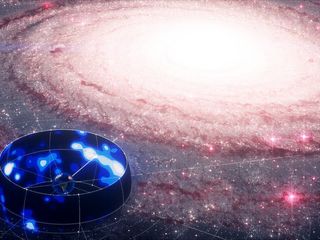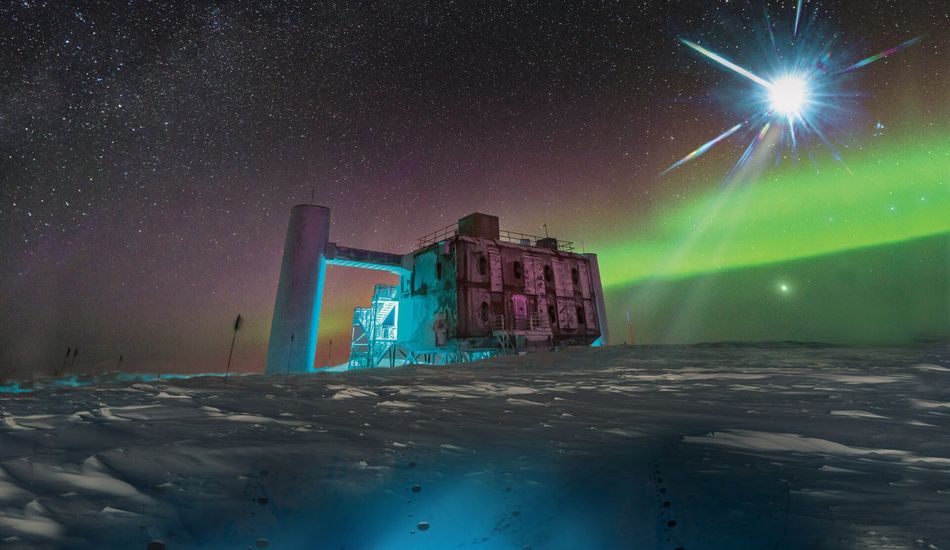
Decoding Cosmic Neutrinos: IceCube's Antarctic Quest
Neutrinos are really strange particles. I mean, these tiny, neutral particles are everywhere in the universe. However, they're so elusive that physicists need super-sensitive instruments to even know they exist. Can you believe trillions of them are passing through you right now?
So, how do scientists even catch these cosmic ghosts? That's where IceCube comes in. Celebrating its 20th anniversary, this project uses over 5,000 sensors embedded in a massive Antarctic glacier. It's a wild setup, but it works! Recently, the IceCube Collaboration set new limits on understanding ultra-high-energy neutrinos, often linked to cosmic rays. And get this – they're planning some big upgrades this year to make it even better.
I was particularly intrigued by why Antarctica was chosen for this. It turns out, you need a super-controlled environment to detect these faint signals. According to Carlos Argüelles-Delgado, an astrophysicist at Harvard, the idea is to use the glacier – about 2.5 kilometers tall – as a transparent medium. It makes sense, right? Deploy light sensors in that pitch-dark space, and when a neutrino interacts with the ice, it creates light that they can detect.
Now, what *are* neutrinos? They seem to pop up everywhere in physics, from particle physics to cosmology. Argüelles-Delgado explained that it's because they're fundamental particles, like electrons. Plus, there are so many unanswered questions about them, especially at the highest energy levels where we observe cosmic rays. Observing neutrinos in a new setting is always exciting – it’s like looking at a mystery from a fresh angle.
What makes IceCube so special? It's gigantic! I mean, it’s a million times larger than other neutrino experiments. Because the rate of detecting them depends on how much you're surveying, the larger the volume, the better chance you have. For those ultra-high-energy neutrinos from space, they need natural environments, like glaciers, turned into experiments.
The Challenges of Working in Antarctica
Antarctica isn't exactly a quick trip. So, the logistics are incredibly complex. You have to ship everything and ensure it all works perfectly when it's buried in the ice. There's no fixing things once they're down there. The drilling is also intense. They use a mechanical drill for the initial hole and then a custom-made, high-pressure hot water drill to carve out the space. The cables that hold the instruments are equally special, allowing for better signal processing.
What's Next for IceCube?
The upcoming upgrades are focused on better understanding the glacier itself. Because they didn't make the glacier, obviously, they need to study its optical properties – how light travels through it. New cameras and light sources will help with this. They're also installing new sensors for IceCube-Gen2, a larger version. This will allow them to measure lower-energy neutrinos better, which are important because they experience flavor oscillation – changing type as they travel. It’s a quantum mechanical phenomenon on a massive scale.
Some of IceCube's biggest achievements, as Argüelles-Delgado pointed out, include discovering ultra-high-energy neutrinos and even capturing the first photo of our galaxy in neutrinos. They've also found evidence of tau neutrinos, proving that quantum mechanics works over vast distances.
Looking ahead, he's excited about understanding neutrinos' quantum behavior and how they get their mass. He's also curious if there are even more energetic neutrinos out there, beyond what they've already seen. With another experiment reporting observations of a neutrino far more energetic than anything produced at the LHC, it suggests we're missing something crucial.
When asked about the likelihood of solving these mysteries, Argüelles-Delgado gave it a 1% chance for figuring out neutrino masses, which he says would be a Nobel Prize-level discovery. But he's more optimistic about understanding the ultra-high-energy regime, though that will take at least 15 years. It's exciting to think about what new confusion and discoveries await.
Source: Gizmodo
